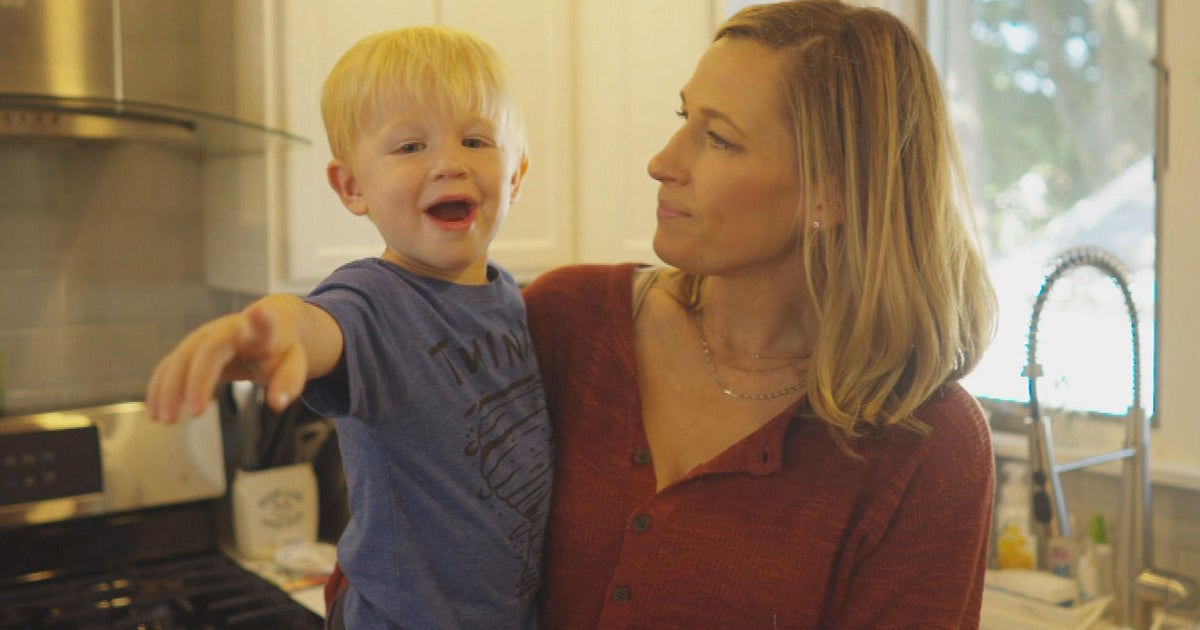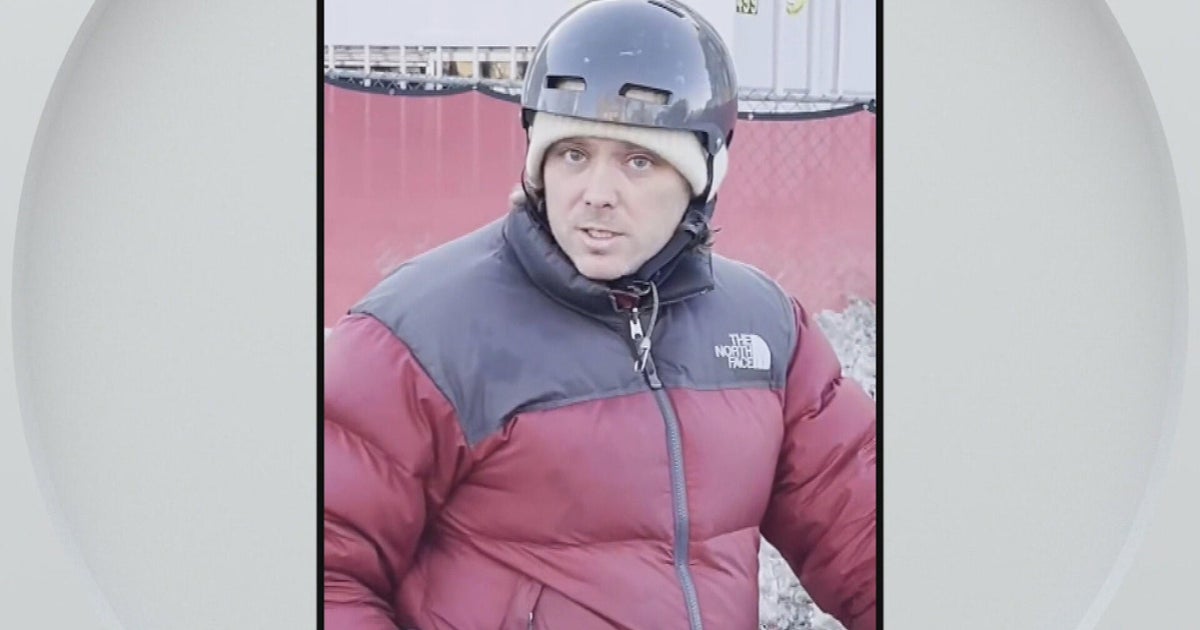ER on wheels aims to bring back house calls, reduce emergency room overcrowding
NORTH READING - Charles LoDuca of North Reading was stunned when he went to the emergency department at Massachusetts General Hospital last month.
"This is a world-class hospital, and it looks like a war zone," he told WBZ-TV.
LoDuca called his neurologist in January with a severe headache. Due to his history of blood clots in his brain, the doctor told him to go to the ER. He waited 12 hours before they called his name.
"Eventually I was brought into the ER and I looked around and I went, 'oh, my God,' literally bodies everywhere," LoDuca said describing dozens of gurneys lined up in the hallway with patients waiting for treatment or to be admitted.
The chairman of Emergency Medicine at Mass General Brigham, Dr. Michael Van Rooyen, agrees emergency rooms are overwhelmed.
"It's not hyperbole, it's the worst crowding crisis I have ever seen in my career," he said.
Staffing is part of the problem. A report last fall by The Massachusetts Health and Hospital Association said hospitals had 19,000 full-time job vacancies across the state. Shortages of health care workers also mean there are fewer beds in rehab and nursing facilities.
When hospitals can't move patients out, sick people in the emergency department can't be admitted.
"If that happens to be five or ten patients waiting for a couple of hours to go upstairs, that's one thing. But to hold 60, 70, 80, 100 patients all waiting to go upstairs, is really a challenge," Dr. VanRooyen said.
So what's the solution?
It might look like an updated house call from the 1950's but instead of a doctor carrying a black bag, there's an SUV that serves as an ER on wheels.
"In that vehicle, packed to the gills with exciting tools," said Dr. Pippa Shulman, Chief Medical Officer of Medically Home, a Boston-based company that treats people in their homes instead of a brick-and-mortar hospital.
It starts with a patient calling their primary care physician. That doctor determines if the situation is life-threatening and a visit to the ER is warranted, or if a Medically Home van can be dispatched. If a home visit is warranted, an EMT arrives with that packed SUV and evaluates the patient with an ER doctor dialed in on a tablet. The vehicle has equipment to monitor the heart, take blood samples, and there's even an ultrasound machine. The SUV is also equipped for providing courses of IV antibiotics.
"We can bring that care right to them, evaluate, diagnose even treat in the home where they can recover much better than they could in the hallway of a bricks-and-mortar hospital," Dr. Shulman explained.
Mass General Brigham is also working to adopt this model. According to Dr. VanRooyen, the hospital system currently has 30 at-home beds and plans to expand to 220. However, under their model doctors and nurses respond to at-home calls in person.
"If I had Covid or pneumonia and I needed oxygen or antibiotics, I would rather have it at home. Turns out patients would rather be home in a lot of cases and if it's safe, it's a pretty cool model" he said.
In a statement, a Mass General Brigham spokesperson told WBZ, "The future of medicine will be a reversion to the house calls of yore, enhanced by modern medical advancements for managing and treating disease and the truly modern technological capabilities that make home-based care delivery possible."
Charles LoDuca, who eventually followed up with his neurologist, left the ER that day after about 16 hours without being treated.
"I wasn't getting a sense of what is the plan, where do we go from here. I thought, 'that's it, I'm leaving'", he said adding that the current system is badly broken.
The cost for at-home treatment is expected to be the same or even cheaper than a visit to the ER.





